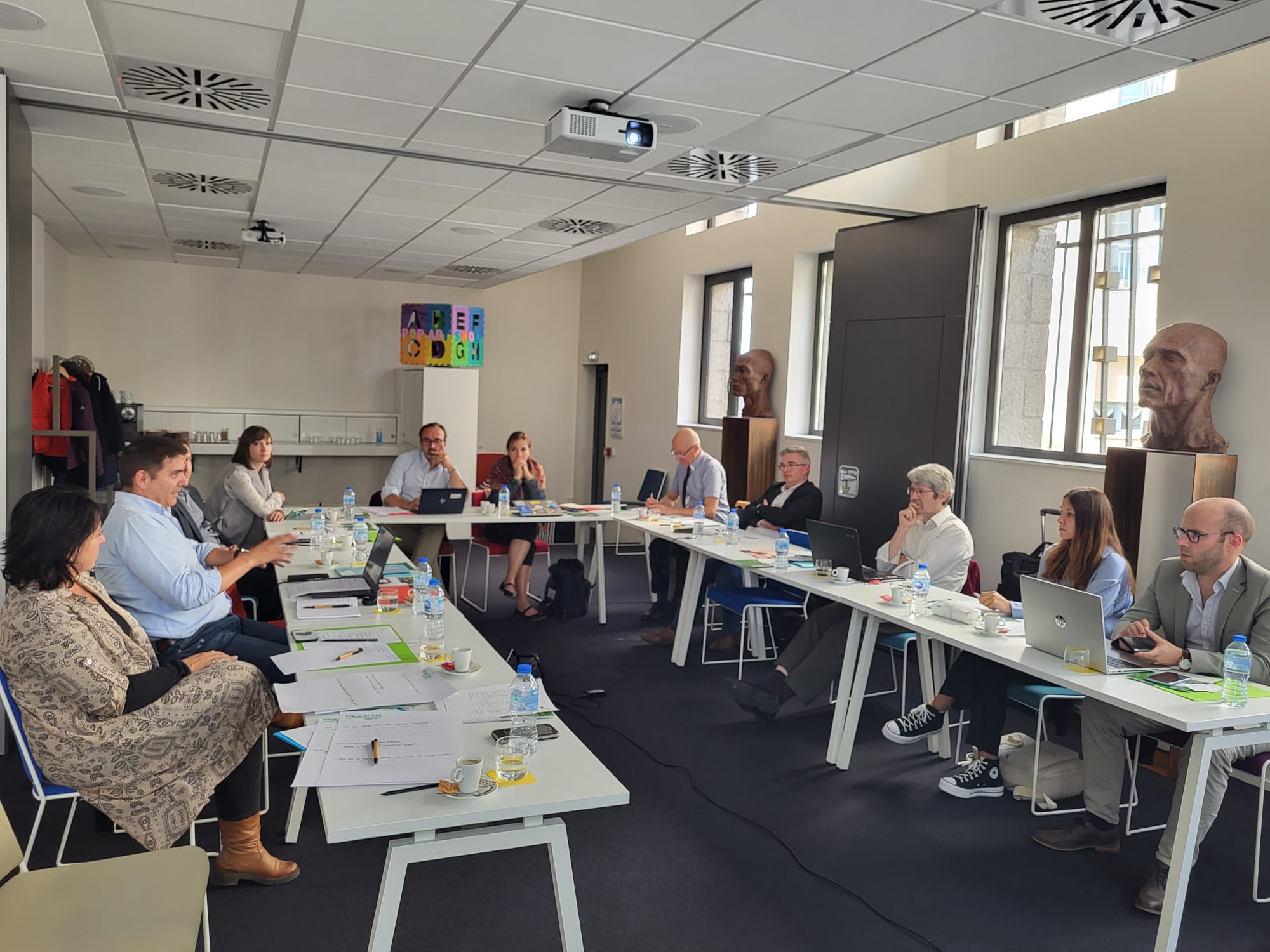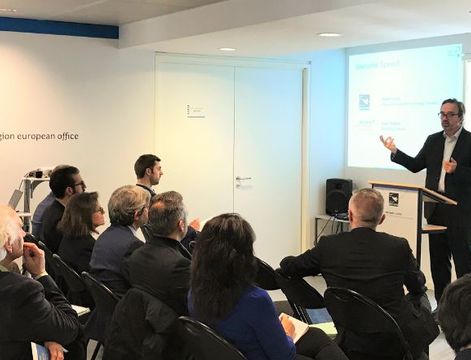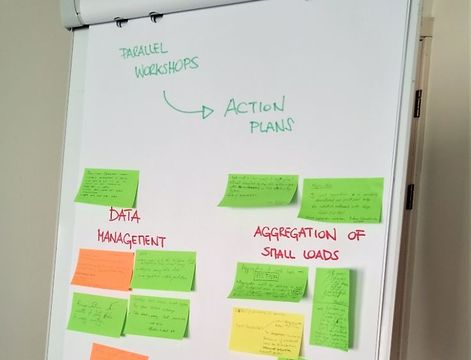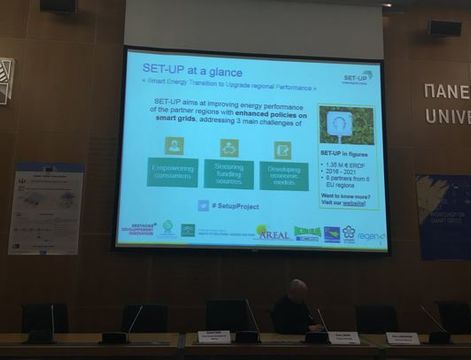On 10 December 2019, the Policy Learning Platform and SET-UP Project organised a webinar on the topic of the impacts of transport electrification on the electricity grid. Specifically, the impacts that increasing electrification of transport and other sectors can have on the local electricity grid.
Presentations
The webinar was moderated by thematic expert, Katharina Krell. Olly Frankland (Regen), Advisory Partner in the SET-UP project, joined as a host and introduced the topic with a presentation on electric vehicles and electricity networks.
Experts in the field introduced the concept of local flexibility markets and highlighted inspiring good practices from across Europe:
- Avi Ganesan from EV Energy project presented the topic flexibility in an energy neighbourhood
- Nico Spoelstra from Greenflux presented on the topic of smart charging platforms and Electric Nation findings
Webinar replay
You can watch the replay of the webinar here. To help you navigate through the highlights and questions during the webinar, you will find a summary of key learnings below.
Key learnings
During the webinar, mobility and energy policy policy makers learned about the impacts that increasing electrification of transport and other sectors can have on the local electricity grid. One electric car can triple the electricity demand of a household. Typically, e-car owners plug in their vehicles after work, causing a huge demand peak. In a future with wider-spread use of e-cars, this evening peak is expected to exceed the capacity of the grid by large.
The presenters explained three possible solutions to this problem:
- Investment in new electricity generation capacity and grid reinforcement at sub-station level (for sure very expensive)
- Smart charging
- Local flexibility markets
The latter two options are innovative and still not widely known and understood. However, they are surely much less expensive than grid investments. Good practices from the Netherlands illustrated that smart charging can turn e-vehicles into a benefit to the grid, using them as electricity storage and buffer, while non-managed charging would certainly pose a threat to the grid. A case study from the UK showed a new approach to load management by an IT and data-fed platform that allows only charging when there is capacity available in the grid.
Policy makers should aim at energy neutrality of neighbourhoods where own renewable electricity generation equals household consumption over the year. This should be coupled with smart charging and local flexibility markets to adjust electricity demand to the available capacity at any given time.
To achieve this, policy makers should encourage innovation, launch demo projects in areas within their control (their own fleets, city park houses, etc.), provide incentives for early-mover companies and participate in knowledge-sharing projects. A prerequisite are shared data platforms with open protocols and an environment forcing all players to work together. Tender specs and procurement should allow for innovation, require smart charging as a default, and tenders should not be awarded on CAPEX but on life-cycle costs, encouraging quality investments and giving early movers security.











